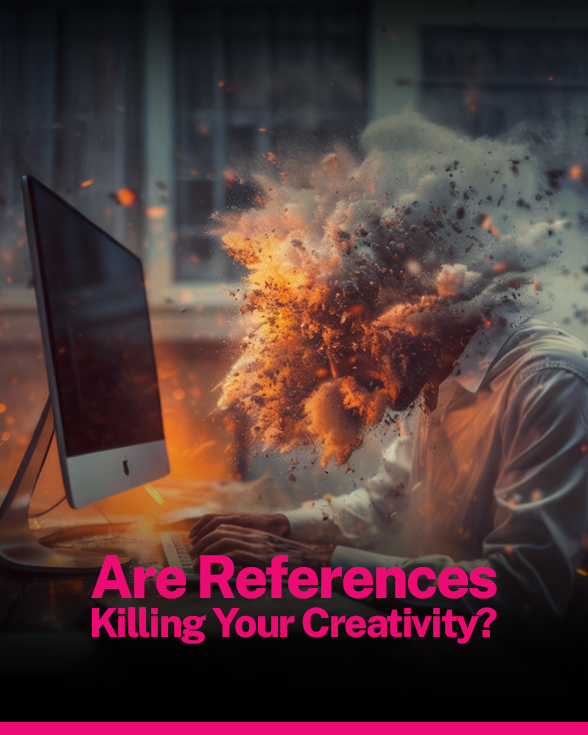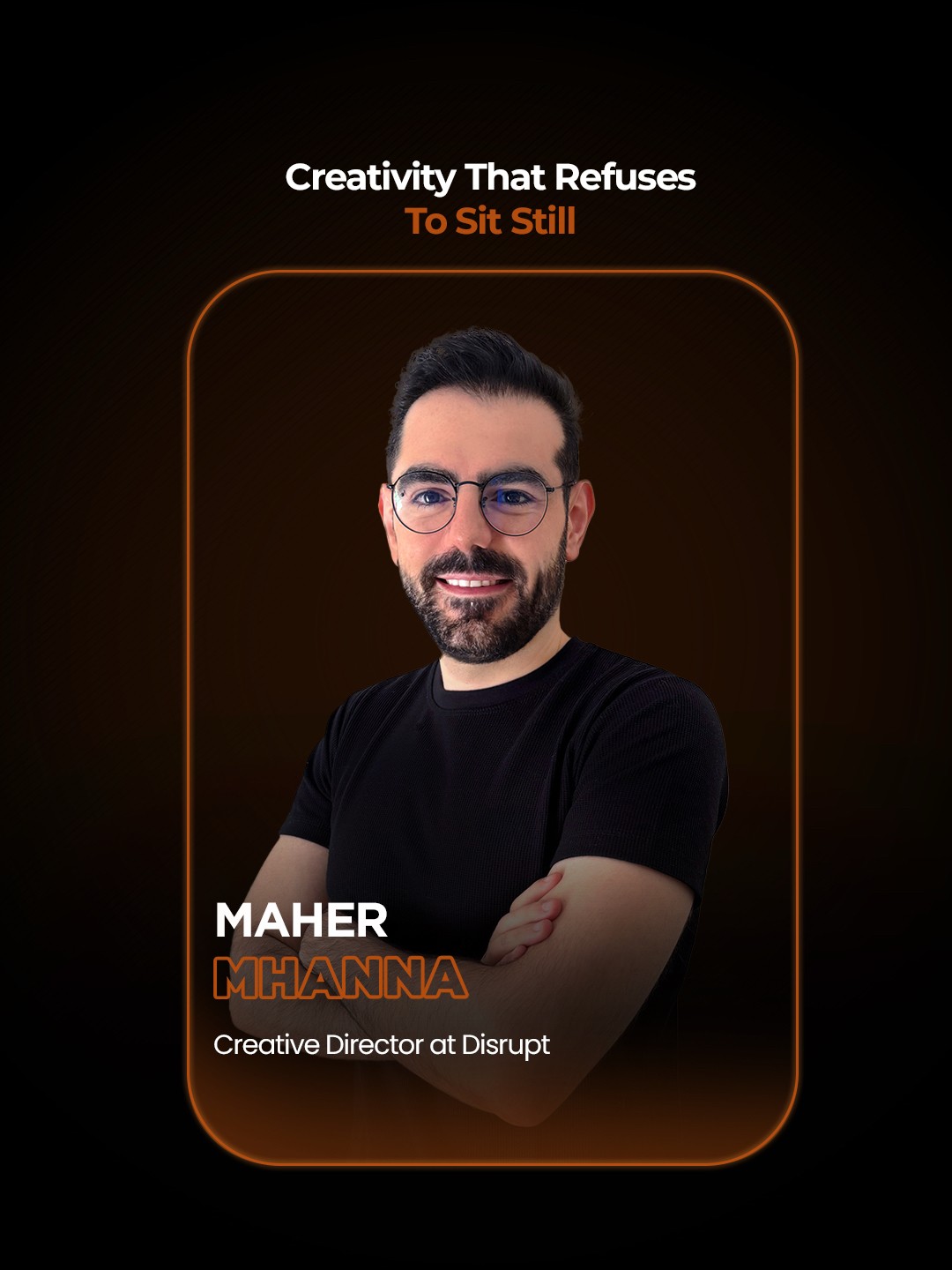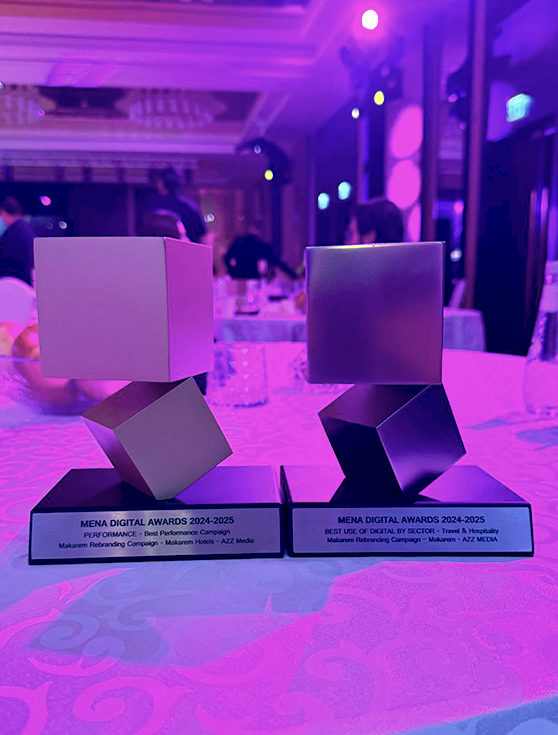Creativity thrives on influence. Every designer, director, or writer looks for inspiration. Studying great work helps refine taste, spark ideas, and guide execution.
But when inspiration turns into imitation, creativity starts to fade.
Today, much of what we see in creative industries -especially in content, advertising, and design- is heavily reference-based. The outcome? Projects that look polished but lack originality.
So where’s the line between using references to learn and relying on them too much?
The Double-Edged Role of References
References are powerful tools for creative growth. They help professionals understand storytelling, structure, and style. For beginners, references act as visual teachers, showing what’s possible.
But when references become the starting point instead of the supporting material, they begin to limit creative thinking.
Overexposure to similar visuals or ideas often leads to fixation; a tendency to repeat what’s already been seen. Instead of innovating, creators unconsciously replicate familiar concepts, resulting in work that blends in rather than stands out.
The Comfort of the Familiar
The appeal of references lies in simplicity. It’s easier and faster to start with what already exists.
For teams facing tight timelines or demanding clients, using a proven look or concept feels efficient. Yet, this efficiency comes at a cost.
Relying on what works keeps creativity in a comfort zone. The more teams depend on existing ideas, the less they explore new perspectives or take creative risks.
This cycle creates an echo chamber of visuals; work that’s technically impressive but emotionally flat.
In a world saturated with similar aesthetics, originality has become a brand’s strongest differentiator. Whether it’s in design, filmmaking, or digital content, audiences are drawn to authenticity, ideas that feel human, not templated. Developing a creative process that prioritizes experimentation over imitation helps brands build distinct visual identities and deeper emotional connections with their audiences.
Finding the Balance
The solution isn’t to abandon references entirely. The key is knowing when to use them.
The creative process should start with exploration and imagination, defining the message, tone, and direction before searching for visual or conceptual references. Once the idea is clear, references can be used to shape execution: lighting, pacing, structure, or tone.
This approach protects originality while still leveraging references as tools for improvement.
The goal is to use inspiration to refine an idea, not to define it.
The best creators use references as conversation starters, not final answers. By combining insights from multiple sources, culture, nature, music, or personal experience, they create work that feels both familiar and fresh. This synthesis of influence is what separates derivative work from distinctive storytelling.
Creativity Starts Before the Scroll
References should expand imagination, not confine it. The best ideas don’t come from saved folders or trending visuals; they come from observation, curiosity, and experimentation.
When creators focus on what they want to express rather than what already exists, originality returns to the process.
Because true creativity doesn’t start on your explore page. It begins in your mind.






